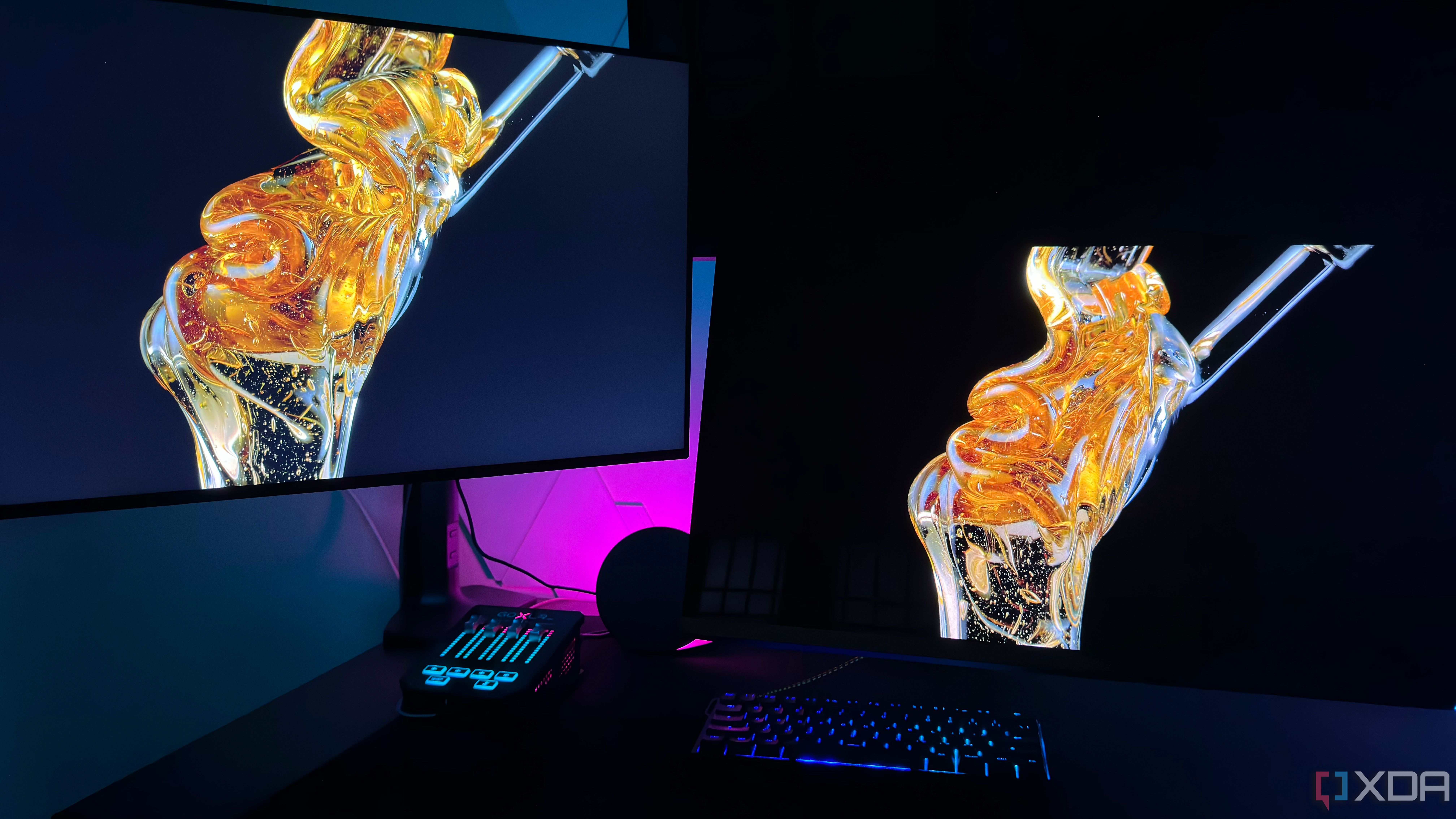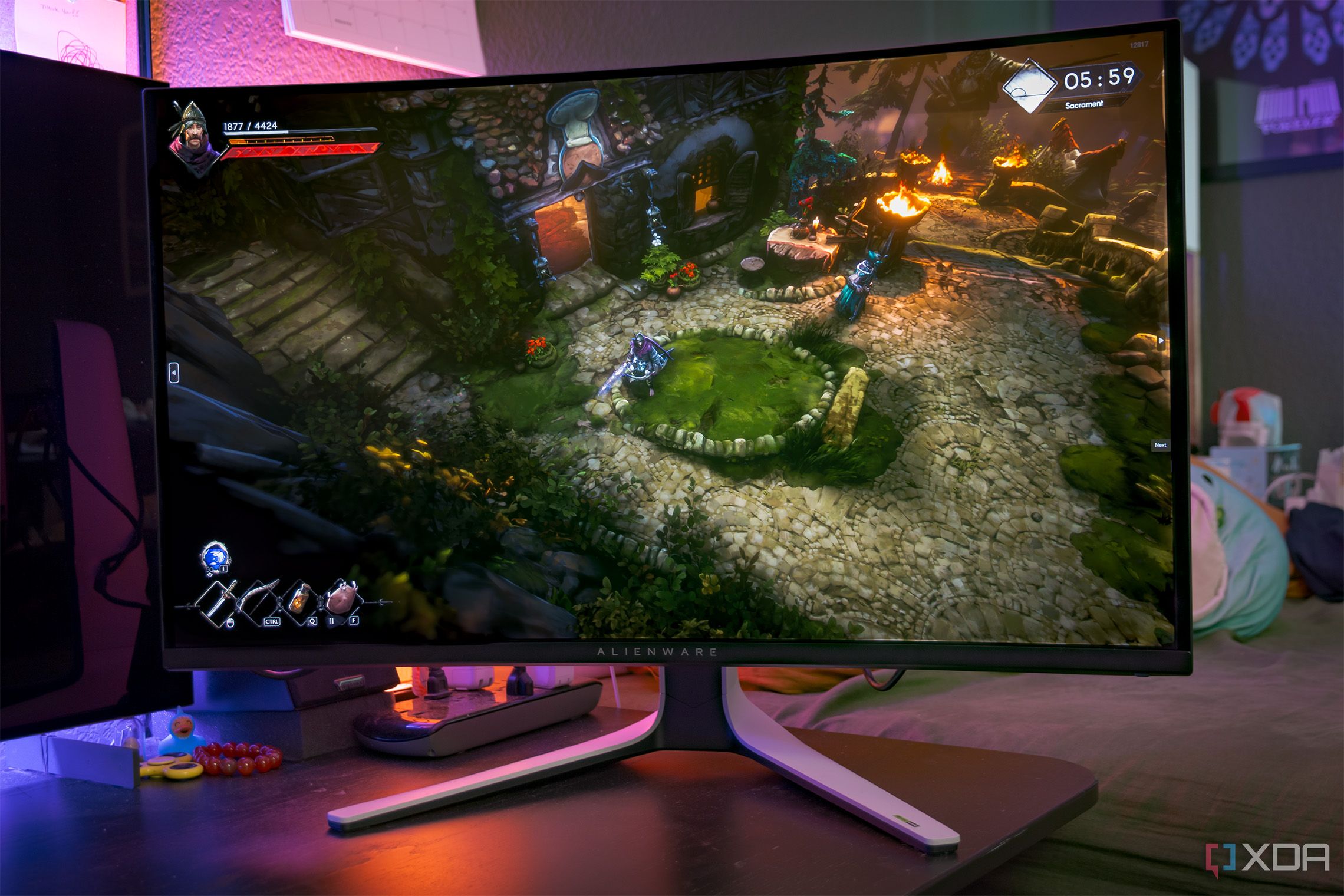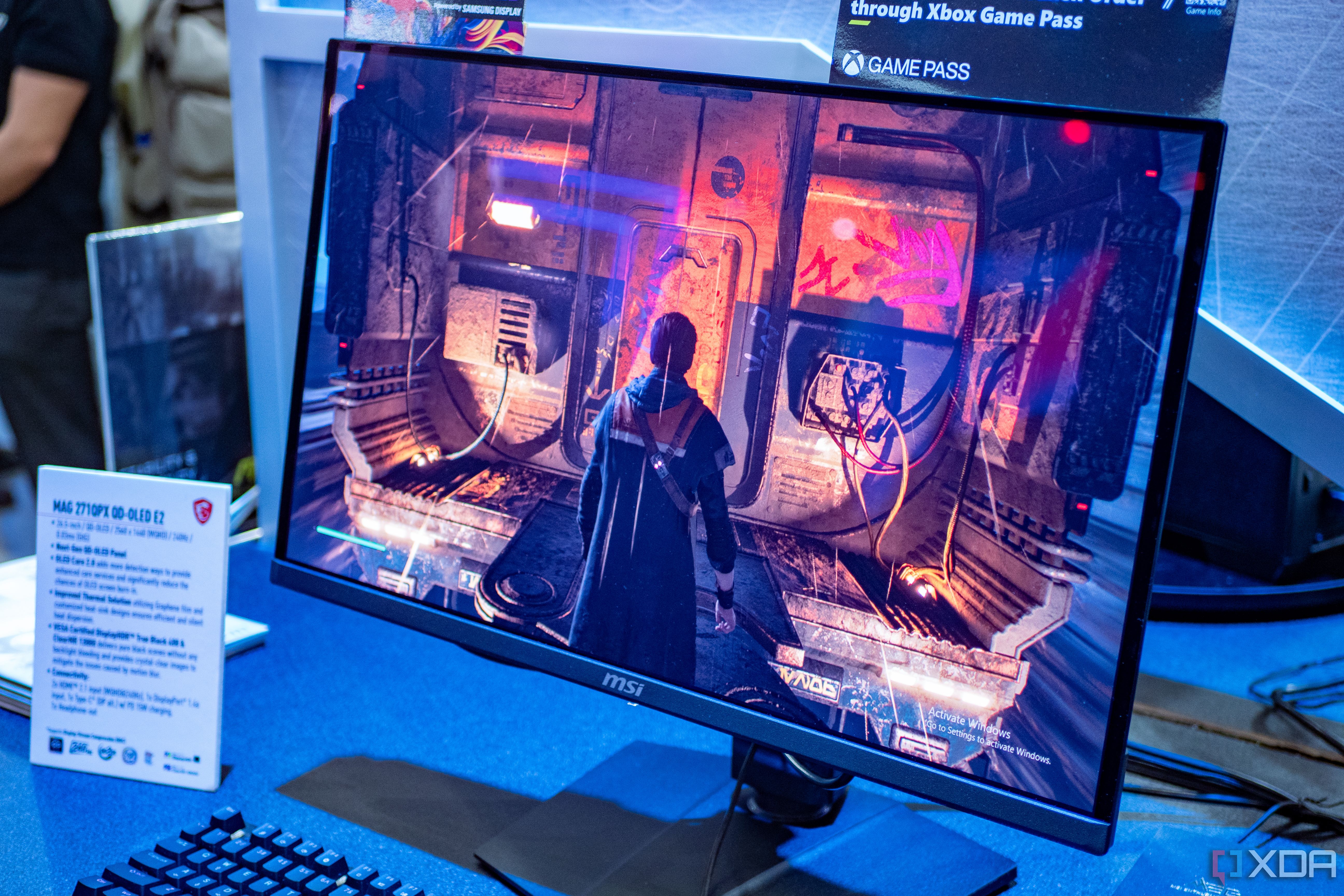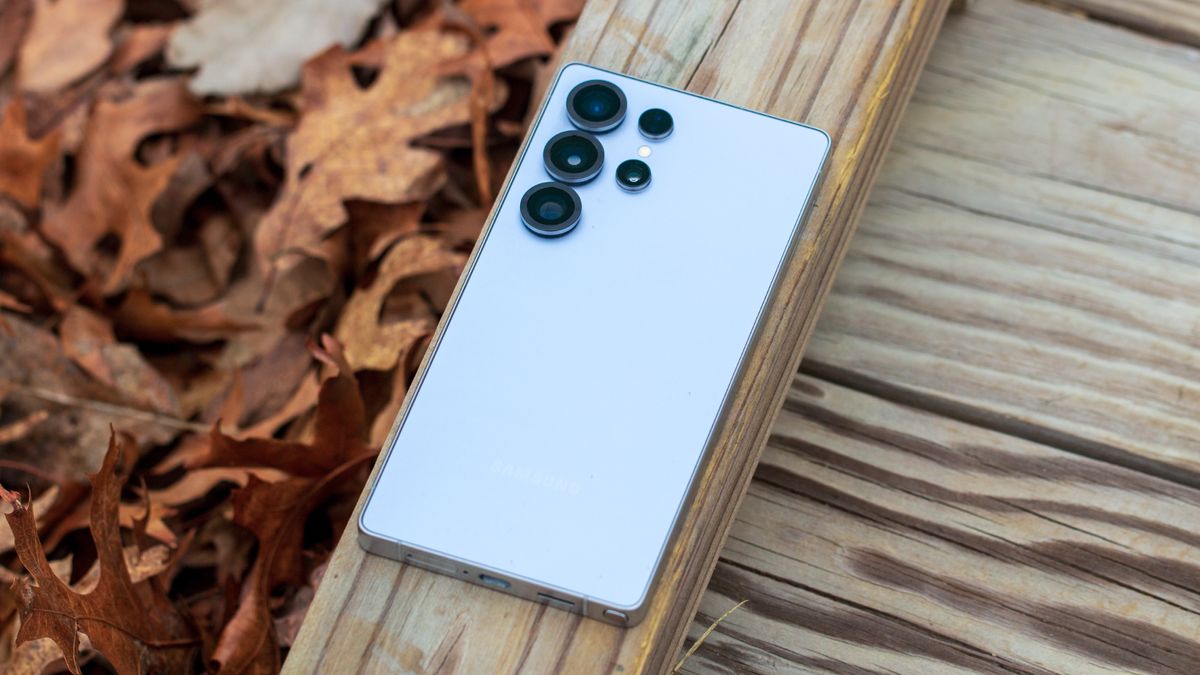Upgrading from an IPS LCD monitor to an OLED display for the first time was surely an eye-opener. Yes, I was immediately blown away by the near-perfect black levels, vibrant colors, and HDR performance. However, soon enough, I started to notice some of its disadvantages compared to traditional IPS panels. Fortunately, none of them are deal breakers, and I'd still always pick an OLED monitor over ones that use IPS or mini-LED panels.
That said, I don't want you to be taken aback by some of its quirks, like I was, when you do decide to make the switch. There's no doubt that OLED monitors are a huge upgrade over IPS, VA, and TN monitors, but that doesn't mean they outperform traditional LCDs in every single category. If that's what you think, you'll be surprised as soon as you get one and power it on for the first time. So, here's a reality check to help you set reasonable expectations when spending your hard-earned money on your first OLED monitor.
3 The brightness trade-off is noticeable
HDR performance is great, but SDR content suffers

This is the first thing I noticed when I connected and turned on my OLED monitor. It wasn't nearly as bright as my IPS monitor, which was sitting next to it. Sure, HDR content looks significantly better on OLED, but most of the time, I'm viewing SDR content on my monitor. I really only use HDR when playing AAA games, but when I'm just browsing the internet, working on documents, or editing photos, SDR brightness matters more. Unfortunately, this remains a weak point for OLED monitors, even though they have gotten better since the first-generation models.
I use the Alienware AW2725DF 360Hz QD-OLED monitor as my primary display and an LG 27GN950 4K IPS monitor as the secondary one. The brightness disparity got annoying to the point that I had to lower the brightness of my IPS monitor by more than half to match the maximum brightness output of my OLED panel. So, if you're someone who uses their PC in a well-lit environment and wants a bright monitor, then OLEDs may not be the best option. It took me a few weeks to get used to the SDR brightness levels of my OLED monitor.
2 The purple tint on QD-OLED panels
You will notice it unless you're in a dark room
I was aware that QD-OLED monitors have a purple or magenta tint because they lack a polarizing layer, unlike traditional OLED panels. However, I didn't expect it to be this noticeable; the moment I turned on the lights in my room, I find it hard to overlook. I love OLED displays for their perfect black levels, but QD-OLED panels can't deliver that unless there's no ambient light in the room. So, if your room has sunlight coming in during the day, I'd opt for a WOLED monitor instead, as it features a polarizing layer that handles ambient light much better.
When I purchased my first QD-OLED monitor in 2022, WOLED options weren't available in the market. So, I had no option but to deal with the purple tint if I wanted to reap the benefits of having an OLED display. Fortunately, though, I didn't find it to be a major problem while gaming, since I usually use my PC in the dark and all the ambient lights are behind my monitor. However, it can be distracting if you're in a lit room and the light sources are in front of the screen; you'll notice it the most when the monitor displays very dark content.
1 Panel maintenance is crucial
Expect burn-in and image retention if you don't run OLED care features
Screen burn-in and image retention on OLED monitors are unavoidable in the long term, but you can prolong their lifespan by being extra cautious with how you use them. Most OLED monitors include panel care features, such as Pixel Refresh and Panel Refresh, to alleviate issues like screen burn-in and image retention. While I did run the Pixel Refresh feature routinely when the monitor was new, I became inconsistent over time, as it felt more like a chore. Soon enough, I noticed image retention on my monitor.
After just two years of using my Alienware AW3423DW ultrawide monitor, I spotted signs of screen burn-in. Fortunately, Dell offered a three-year warranty, allowing me to easily replace the affected panel. Since then, I've always allocated 10–15 minutes every week to run the Pixel Refresh feature so that I don't end up in a similar situation. I've also replaced the wallpapers on my OLED monitors with black backgrounds to minimize the chances of screen burn-in and image retention. These are things I never had to deal with on a traditional LCD monitor, but that's the price you have to be willing to pay if you want the best display technology out there.
Switching to an OLED monitor comes with compromises
As much as I drooled over the visual upgrade that my first OLED monitor gave me, I had to adapt to the lower brightness levels, be more cautious with my monitor use, and control the lighting in my room for an optimal experience. With traditional IPS monitors, I felt like I had more freedom, but I suppose that's the trade-off you have to make if you want the ultimate display for gaming and media consumption. Do I regret switching to OLED? Absolutely not, because for me, the benefits far outweigh the drawbacks. However, if you find any of these issues a deal breaker, then an OLED monitor may not be a great fit on your desk.

Related
4 reasons I would still buy an OLED monitor despite the tradeoffs
OLED monitors aren't perfect (yet) but I'm willing to live with the tradeoffs for the superior experience
.png)











 English (US) ·
English (US) ·